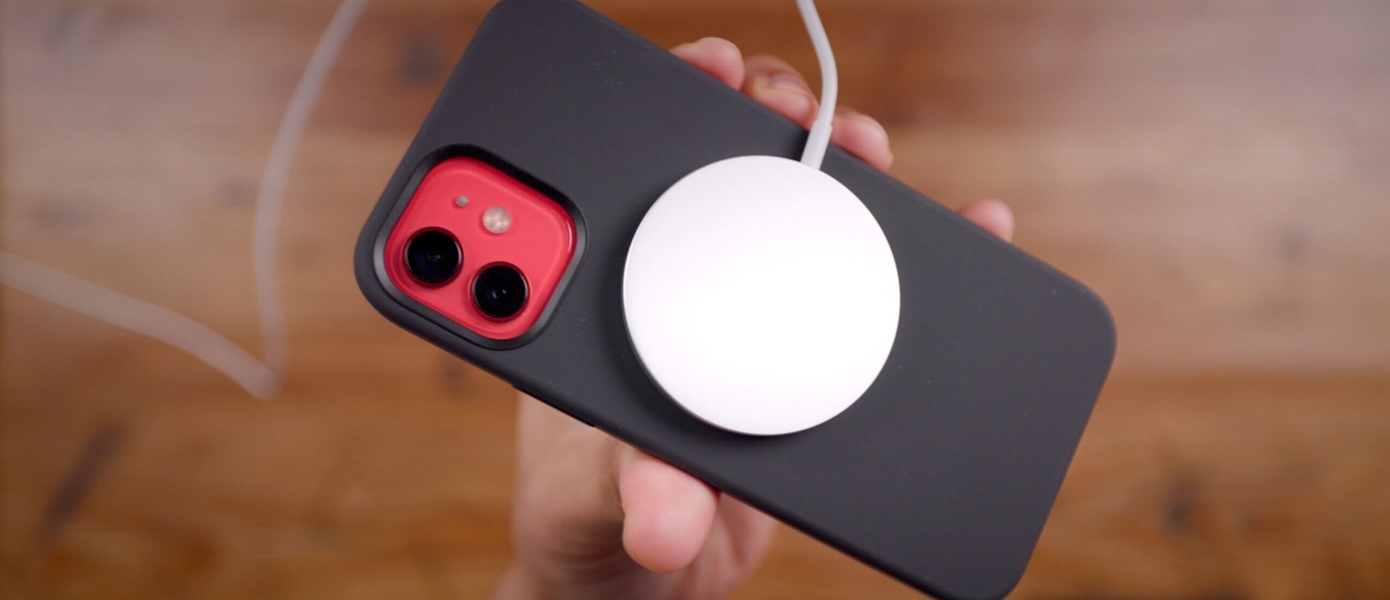Revealed a fraudulent scheme, due to which millions of Android smartphones are quickly discharged
In March 2019, a giant fraud scheme was discovered, in which hidden video ads were launched in Android applications. Because of it, the devices were quickly discharged and the transfer of personal data.
The fraudsters used services that paid for viewing advertisements and made it so that users allegedly started video ads, which in fact were not visible to device owners. To implement the scam attackers have used popular applications that download millions of users.Fraud revealed company Protected Media, specializing in the detection of fraud. The existence of such a scheme for the publication of BuzzFeed News was confirmed by the developers of applications receiving complaints from users that their programs transmit too much traffic and quickly discharge batteries in smartphones.
Journalists and cybersecurity experts conducted an investigation that indicated the Israeli company Aniview was involved in a fraudulent scheme for the Israeli company. She develops a video advertising platform. In Aniview deny participation in fraud and, moreover, they say that the platform, banners and code created by one of the subsidiaries, were used by someone to spread malicious elements.
Observers at BuzzFeed News provided a schematic description of the method used to trick advertisers and advertising platforms.

The developer places in his application pop-up advertising, which was ordered by the client. To earn more and automate the receipt of advertising revenue, used third-party services. For example, one of the developers polled by BuzzFeed News collaborates with Twitter MoPub, one of the largest exchanges for the exchange of mobile advertising traffic.
According to Protected Media, it was through MoPub that most of the advertising on which the scammers earned was acquired. This does not mean that the service was at one with them, but he received a commission for the ads purchased using his tools.
Fraudsters have learned to automatically play video ads that are recorded by the system as viewed, but in fact the user does not see them. In this scenario, developers get a small fee for banner ads visible to users, but scammers earn much more by including higher-paying ads in these ads that gadget owners don’t see. Ultimately, it is the brands whose advertising was shown in hidden video players, losing money, giving them to fraudsters.





